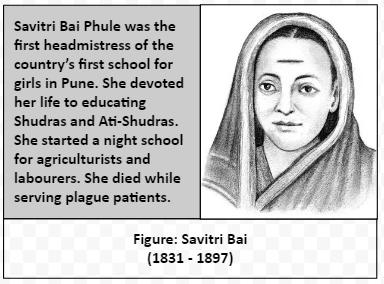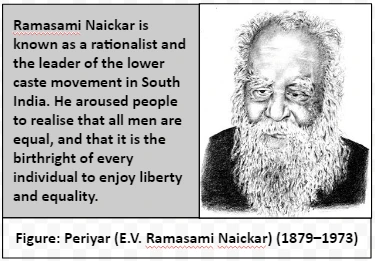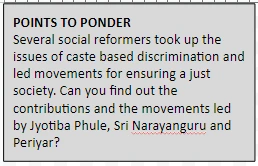![]() December 11, 2023
December 11, 2023
![]() 351
351
![]() 0
0
The present form of caste as a social institution has been shaped by both the colonial period as well as the rapid changes that have come about in independent India. During the colonial period, the caste system underwent huge transformations.
Some argue that what we recognize as the caste system today is more a result of colonial influence than a continuation of ancient Indian traditions.
Colonial Censuses and Caste Dynamics: Shaping Identities in British India:



<div class="new-fform">
</div>

Latest Comments